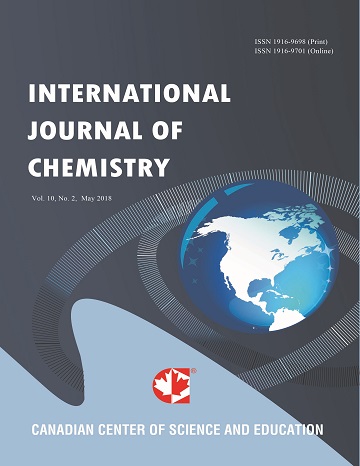Synthesis and Styrene Copolymerization of New Halogen and Methoxy Ring-Trisubstituted Propyl Cyanophenylpropenoates
- Yesenia L. Soto
- Emily A. Baumgartner
- Francesca R. Bertoletti
- Ellen F. Gardner
- Bridget M. Hofsteadter
- Adis Hrvat
- Aurimas Jackunas
- Alex J. Jagla
- Justus V. Winter
- Danielle S. Ostrovsky
- William S. Schjerven
- Gregory B. Kharas
Abstract
New ring-trisubstituted propyl cyanophenylpropenoates, RPhCH=C(CN)CO2C3H7 (where R is 2-bromo-3-hydroxy-4-methoxy, 5-bromo-2,3-dimethoxy, 5-bromo-2,4-dimethoxy, 6-bromo-3,4-dimethoxy, 2-chloro-3,4-dimetoxy, 5-chloro-2,3-dimetoxy, 4-bromo-2,6-difluoro, 3-chloro-2,6-difluoro, 4-chloro-2,6-difluoro) were prepared by the piperidine catalyzed Knoevenagel condensation of ring-trisubstituted benzaldehydes and propyl cyanoacetate and characterized by CHN elemental analysis, IR, 1H and 13C-NMR. The propenoates formed copolymers with styrene in solution with radical initiation (ABCN) at 70°C. The copolymers were characterized by nitrogen elemental analysis, IR, 1H and 13C-NMR, DSC. Decomposition of the copolymers in nitrogen (TGA) occurred in two steps, first in the 200-500ºC range with residue (4.2 -8.1% wt.), which then decomposed in the 500-800ºC range.
- Full Text:
 PDF
PDF
- DOI:10.5539/ijc.v11n2p60
Index
Contact
- Albert JohnEditorial Assistant
- ijc@ccsenet.org
